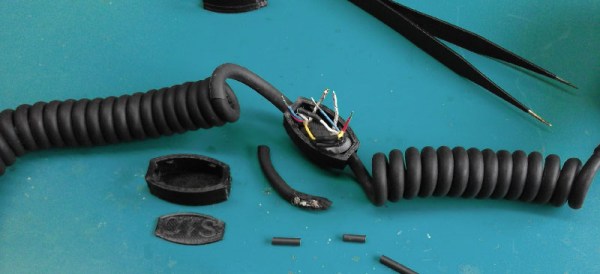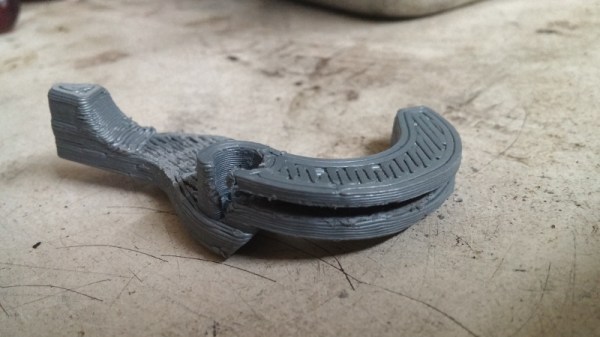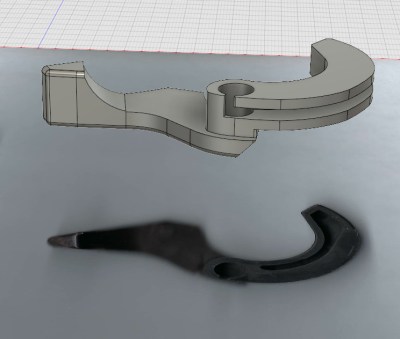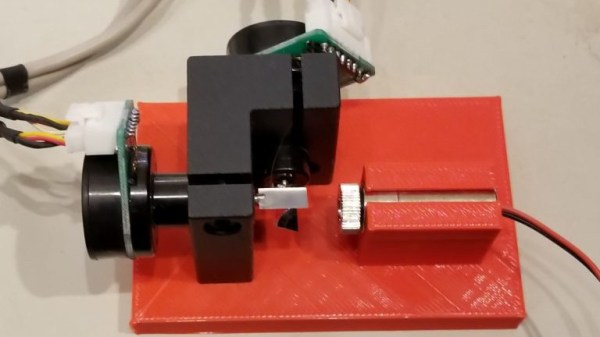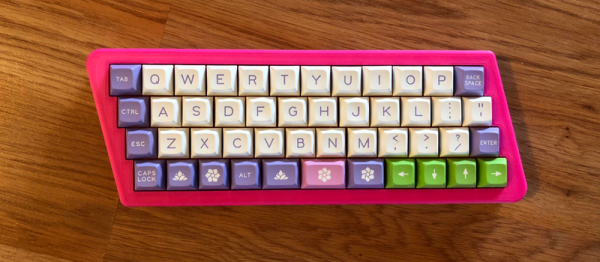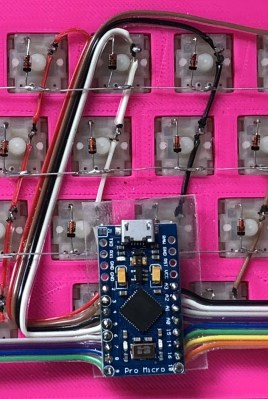A while back, [Marius] was faced with a problem. A friend of his lives in the middle of a rainforest, and a microphone was attacked by a dirty, greasy rat. The cable was gnawed in half, and with it went a vital means of communication with the outside world. The usual way of fixing a five- or six-conductor cable is with heat shrink, lineman’s splices, insulating tape, and luck. [Marius] needed something better than that, so he turned to his 3D printer and crafted his own wire splice enclosure.
The microphone in question is a fancy Jenal jobbie with a half-dozen or so conductors in the cable. A junction box was the obvious solution to this problem, and a few prototypes, ranging from rectangular to fancy oval boxes embossed with a logo were spat out on a 3D printer. These junction boxes have holes on either end, and when the cable ends are threaded through these holes, the wires can be spliced, soldered, and insulated from each other.
This microphone had to hold up to the rigors of the rainforest and rats, so [Marius] had to include some provisions for waterproofing. This came in the form of a hot glue gun; just fill the junction box with melted hot glue, pop the cover on, and just wait for it to cool. Like all good repairs, it works, and by the time this repair finally gives out, something else in the microphone is sure to go bad.
It’s a great repair, and an excellent example of how a 3D printer can make repairs easy, simple, cheap, and almost as good as the stock part. You can check out a few videos of the repair below.
Continue reading “Repairs You Can Print: Better Cable Splicing With 3D Printed Parts”

